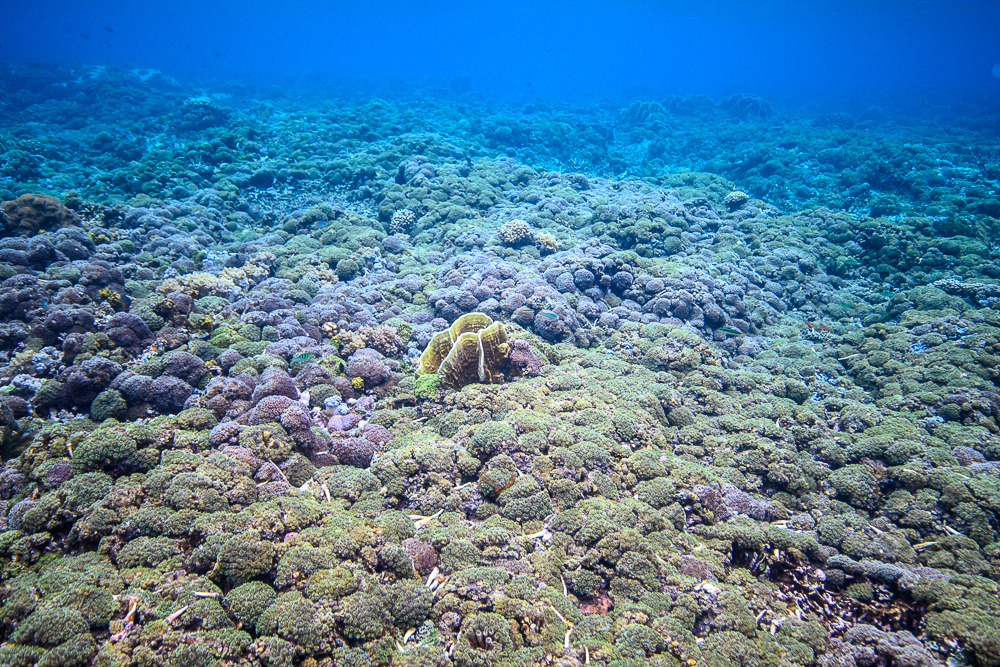
I find Galaxy Coral (Galaxea fascicularis) fascinating because it can colonize a wide range of habitats and grow in many colony sizes and shapes. It is successful in a broad range of biotopes. You can find truck-size colonies on many Indonesian slopes and patchworks of fist-size colonies in high-energy, intertidal environments. Sometimes, a multitude of intermediate forms can coexist on the same reef. The plasticity of this particular species is astonishing. There is so much variation that it raises the hypothesis that Galaxia fascicularis is actually a species complex. Examining its taxonomic status via genetic analysis should prove to be very interesting, and the genus might wind up completely revised.
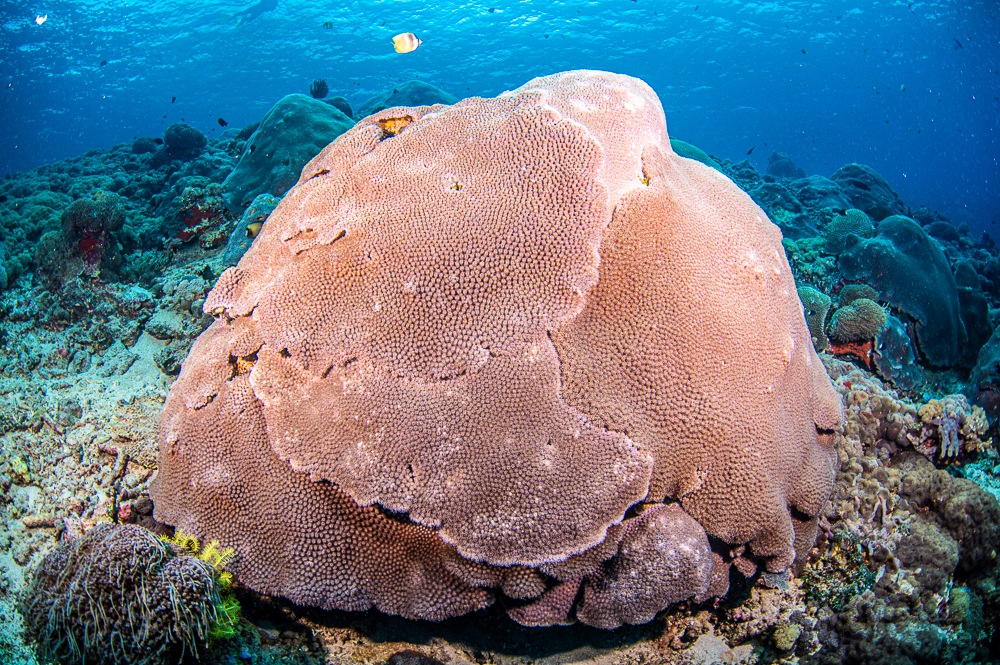
Weak Taxonomic Characteristics:
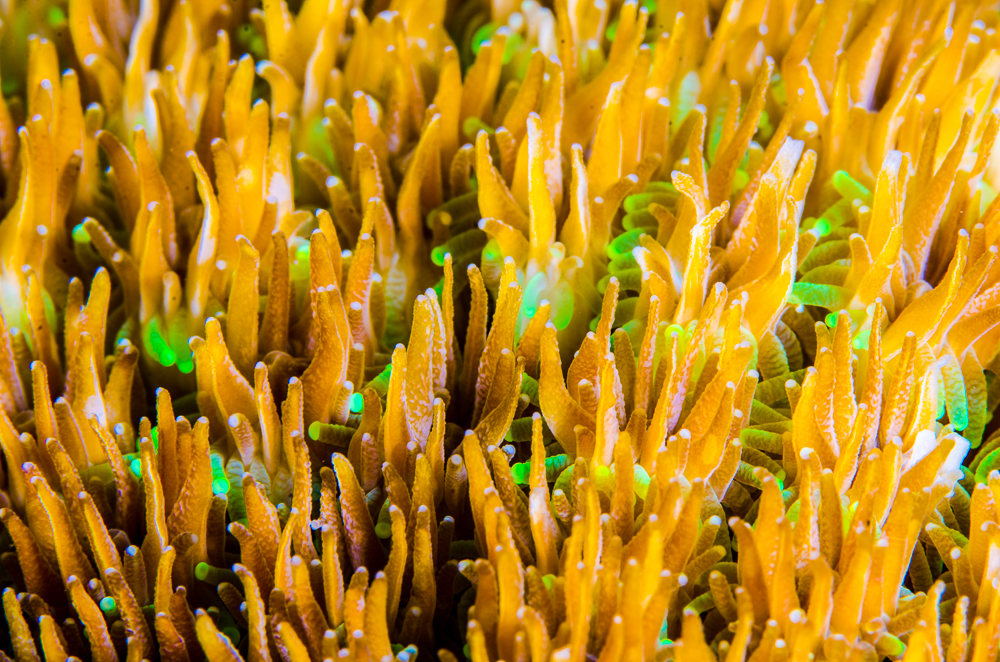
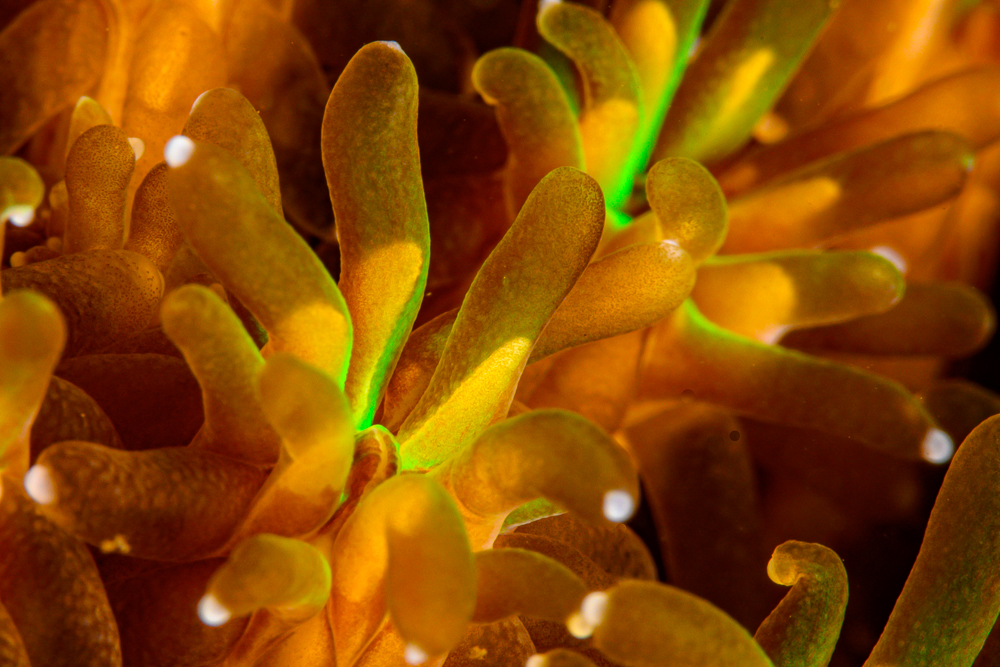
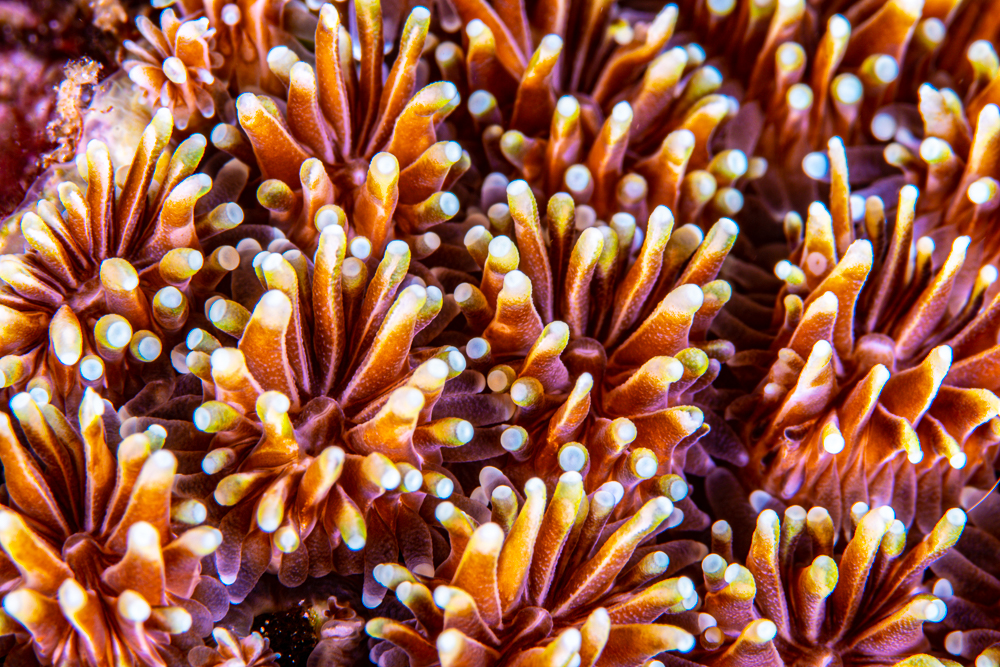
The main taxonomic characteristic of Galaxea fascicularis is that its corallites are of mixed sizes, usually less than 10 millimeters in diameter, with numerous septa reaching the corallite center. So the differentiation from other species in the genus is simply based on its massive colony shape and its corallite size, while in reality there are a multitude of colonies, corallite sizes, and shapes.
A very particular reproduction mode:
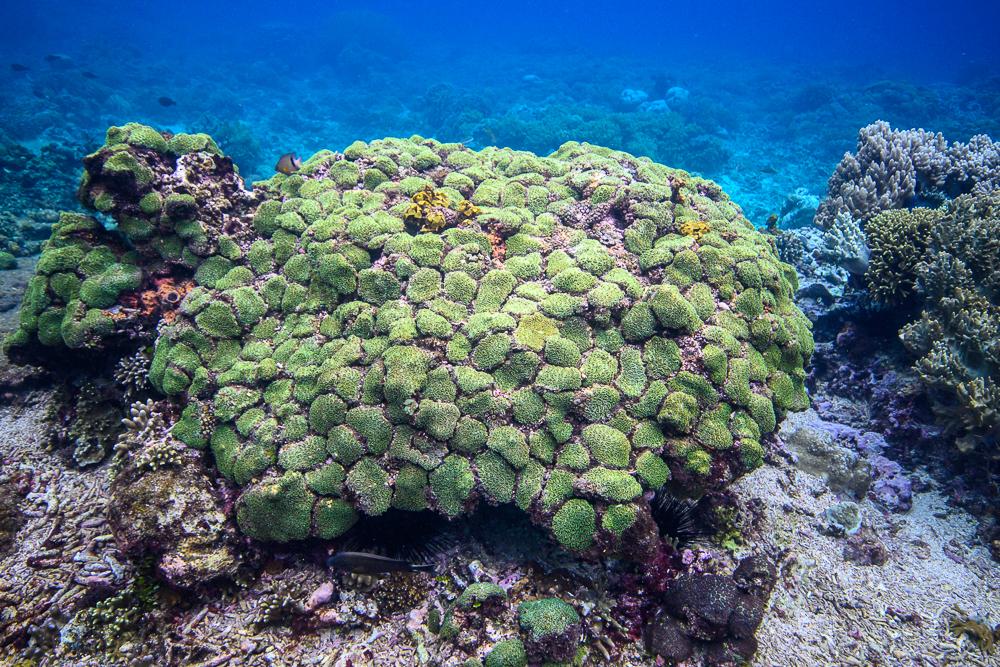
Galaxea fascicularis is a gonochoric, broadcast-spawning species; female colonies produce egg bundles, while male colonies form bundles consisting of sperm and infertile pseudo-eggs, which is quite a particular reproduction mode.
It appears that, in some specific locations, usually just before the break zone (the intertidal, high energy zone), a lot of larvae get “dropped down” and settled there. When this occurs, the reef really looks like a Galaxy Coral patchwork quilt!
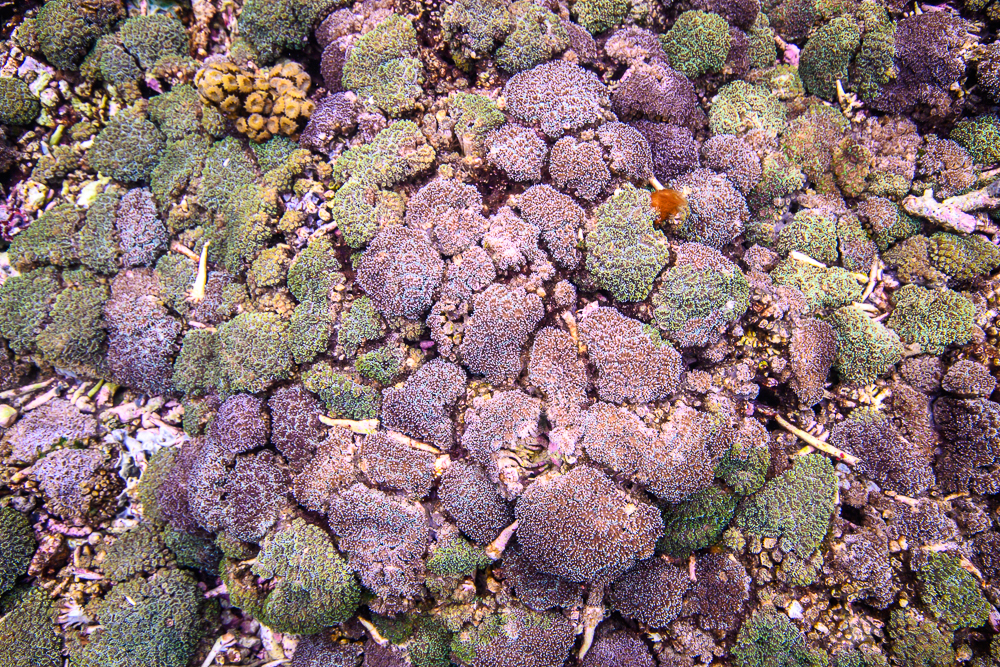
Galaxea fascicularis is a very competitive coral. All reef aquarists know that their sweeper tentacles are traitorous and among the longest of all corals. However, this coral is also very well adapted for food capture. Its elevated polyps, just a few centimeters above the colony base, and its two tentacles rows—one vertical and one horizontal—are very effective are catching food, even in high flow.
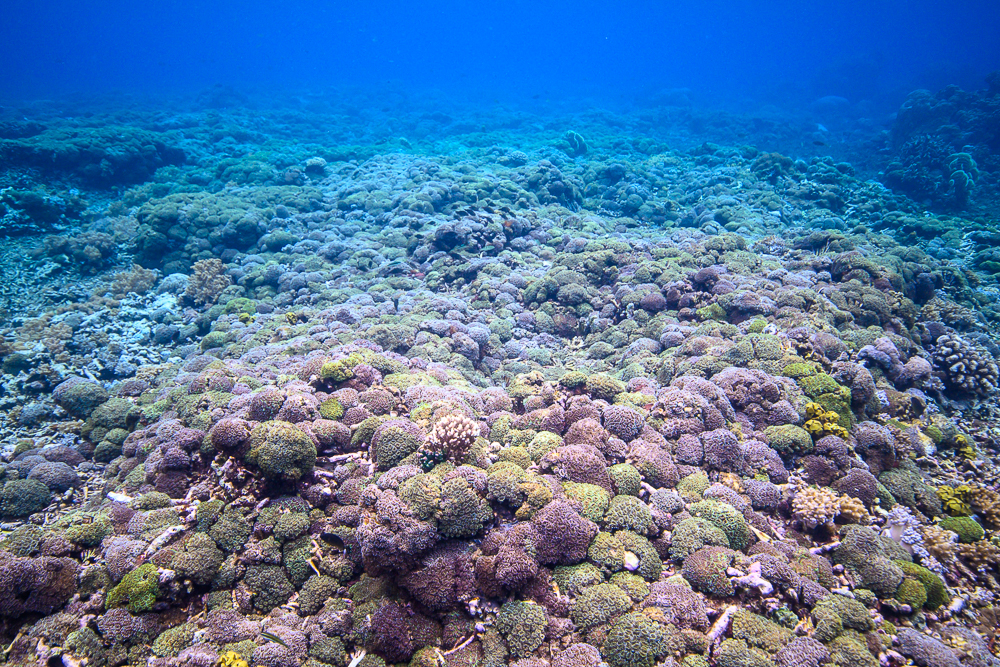
We’ve now discovered this interesting, high-density, patchwork colonization of substrates by G. fascicularis in several different and distant locations. It may be that this is a common occurrence throughout the Coral Triangle.

